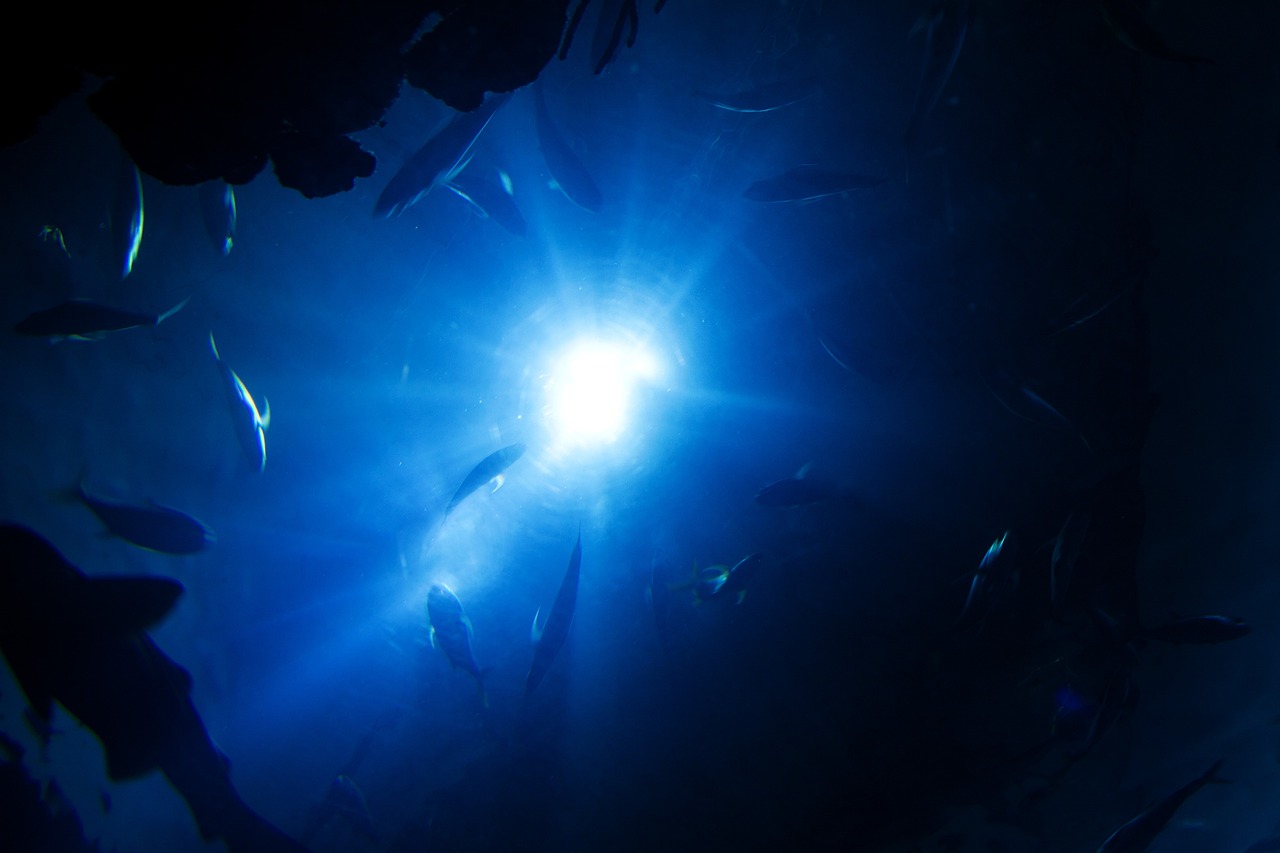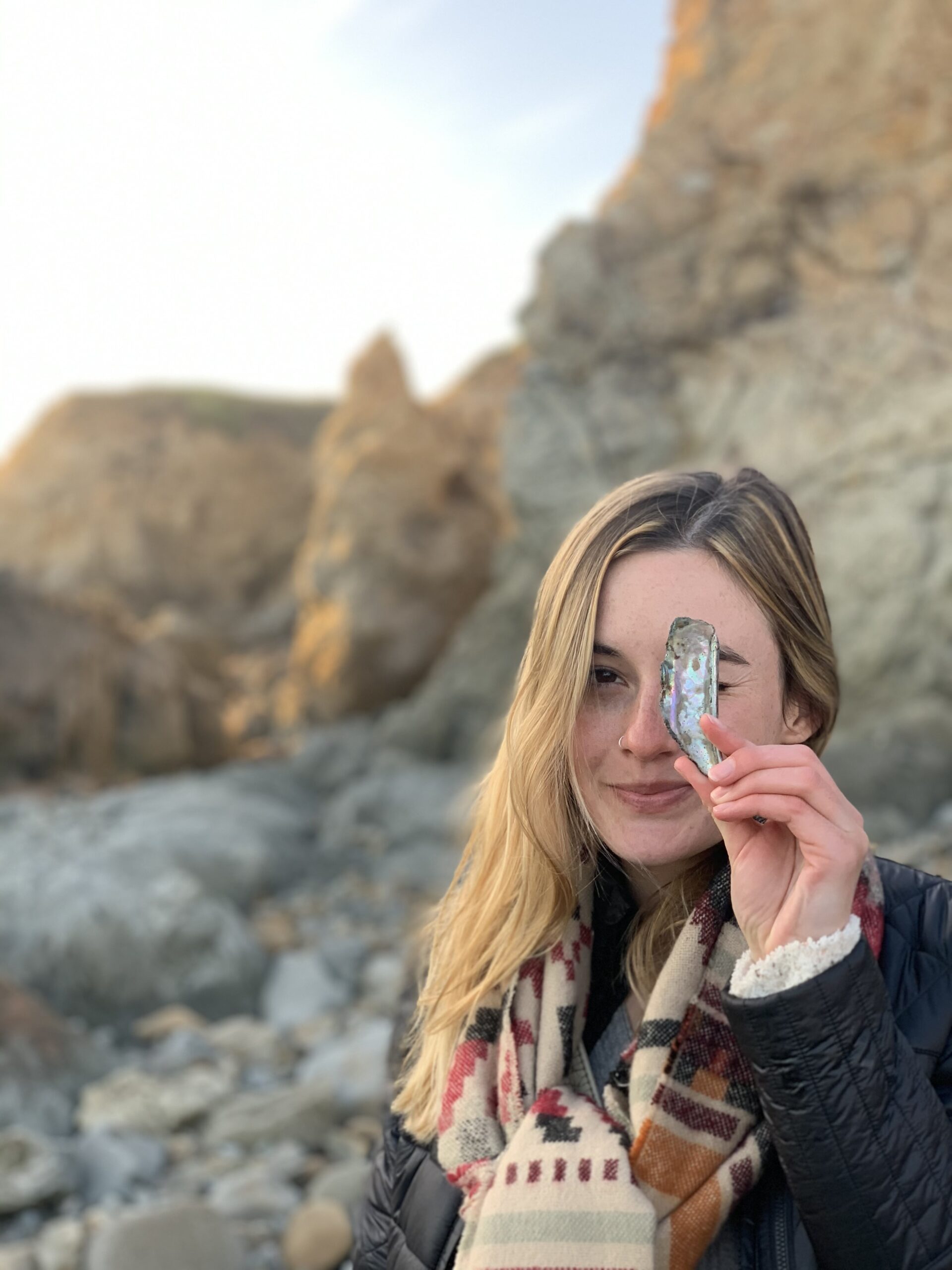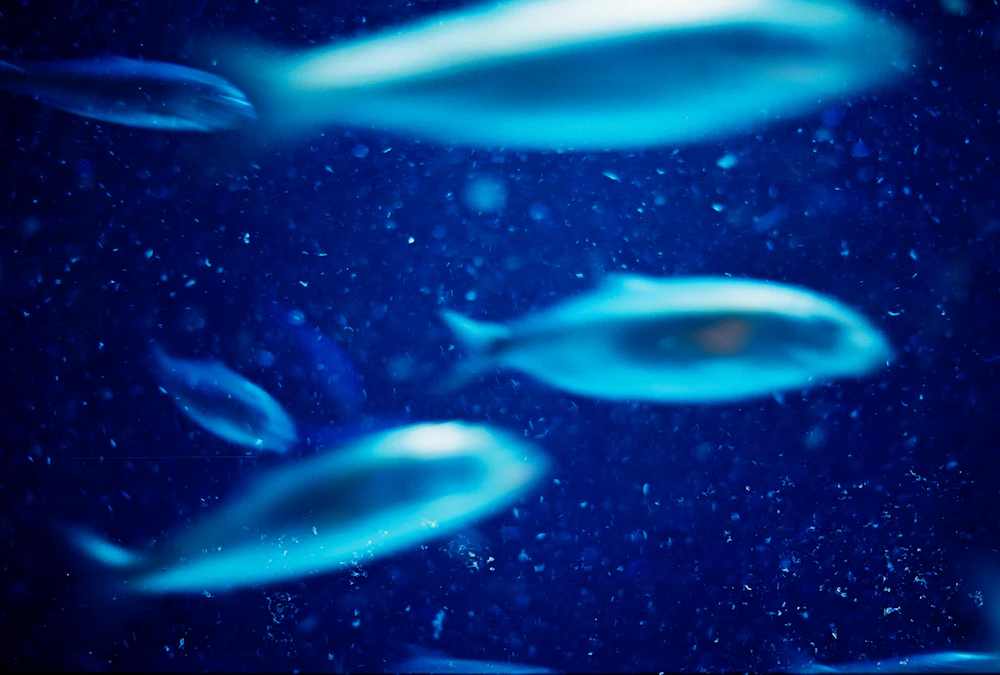Hu, X., Ma, Z., Gong, Z., Zhao, F., Guo, S., Zhang, D., & Jiang, Y. (2024). A Highly Sensitive Deep-Sea Hydrodynamic Pressure Sensor Inspired by Fish Lateral Line. Biomimetics, 9(3), 190.
The deep sea, enshrouded in eternal darkness, is a remarkably influential force on the creatures that must navigate it using a remarkable array of senses beyond sight. A recent study published in Biomimetics delves into the secrets of deep-sea dwelling fish, the inspiration for a new generation of underwater pressure sensors used in ocean exploration.

For most of us, the ability to sense pressure changes is limited to the feeling of ears popping during an airplane’s ascent or descent. However, for aquatic organisms like fish, pressure fluctuations are a vital source of information about the environment. They rely on a specialized sensory system called the lateral line to detect changes in water pressure, helping them navigate, locate prey, and avoid predators. This system is especially essential for deep-sea fish, many of which have undergone significant adaptations to their lateral lines in order to survive the extreme pressure and eternal darkness.

The lateral line consists of a series of fluid-filled canals running along the sides of a fish’s body and head which connect to pores found on the surface of its skin. These canals are lined with tiny, highly responsive hairs called neuromasts, which act as water pressure sensors. When pressure changes, the fluid in the canals moves, bending the neuromasts and sending electrical signals to the brain. This allows fish to perceive subtle pressure variations, forming a detailed picture of their surroundings.

Mimicking Nature’s Marvels
Inspired by the remarkable capabilities of the lateral line, researchers in China have developed a new type of pressure sensor with potential applications in deep-sea exploration and oceanography. The biomimetic sensor mimics the structure and function of this impressive organ, allowing it to detect even the subtlest of pressure changes that other sensors cannot. The artificial reconstruction consists of microfluidic channels containing a pressure-sensitive fluid. These channels are lined with flexible nanofiber membranes embedded with microscopic sensors that can detect minute pressure changes. The sensory system is even enclosed in a packaging structure inspired by the morphology of a deep-sea fish’s skull, allowing it to perform successfully at depths of 1000 meters or more.
Benefits of Biomimicry
This biomimetic pressure sensor offers several advantages over traditional methods of deep-sea pressure measurement. Existing technologies often rely on bulky and expensive equipment, limiting exploration and data collection. The biomimetic sensor, on the other hand, is miniaturized, cost-effective, and highly sensitive. Its compact size and flexibility make it ideal for integration into autonomous underwater vehicles (AUVs) and other deep-sea exploration tools.

A Deeper Understanding
The development of this sensor represents a significant step forward in our ability to explore and understand the ocean’s depths. Researchers can better navigate its vast and intricate geological formations, study the behavior of deep-sea creatures, and monitor environmental changes on this massively unexplored ecosystem. The data collected by these sensors can provide invaluable insights into the health of our oceans and the impact of human activities on this massive, mysterious environment.
The applications of biomimetic technology like these sensors extend beyond deep-sea exploration. They have promise to be useful in a variety of other fields, such as underwater robotics, medical diagnostics, and industrial monitoring. The ability to detect subtle pressure changes can also be used to develop new medical devices for measuring blood pressure or fluid buildup in the body. There are even potential applications in industrial settings for monitoring pressure variations in pipelines and other critical infrastructure.
This invention is a testament to the power of biomimicry. By imitating nature’s ingenious solutions to extreme conditions, scientists can develop innovative technologies that help us navigate the darkest corners of the planet – and maybe our own complex human world, too.

I’m a California native with a lifelong curiosity for all things related to the ocean. I got my bachelors in Marine Biology from the University of California Santa Cruz, and I’m currently pursuing a masters degree in Animal Science at the University of Idaho where my main focus of study is fish nutrition in aquaculture. My favorite subject to study outside of school is the deep sea. I enjoy learning about new mind boggling species, the latest discoveries of the deep, and the history of deep sea pioneers, research and technology. If I’m not studying the mysteries of the ocean, I’m probably roller skating or watching scary movies.

